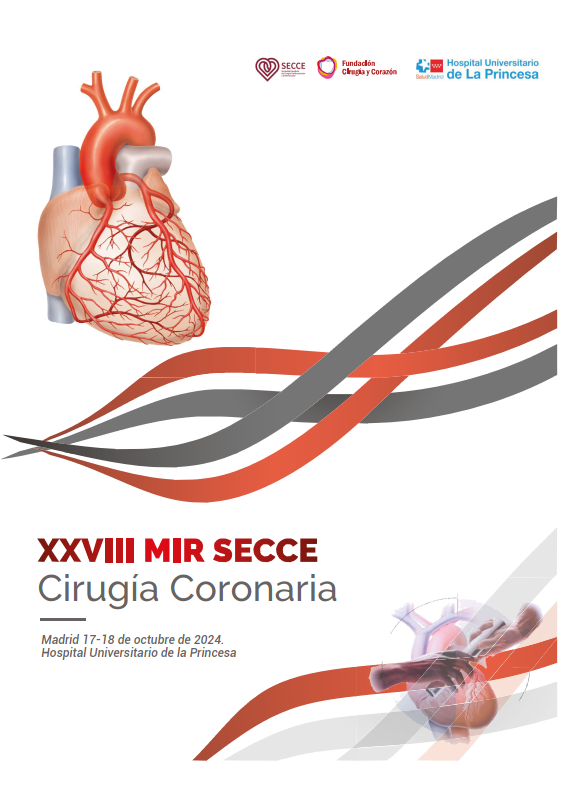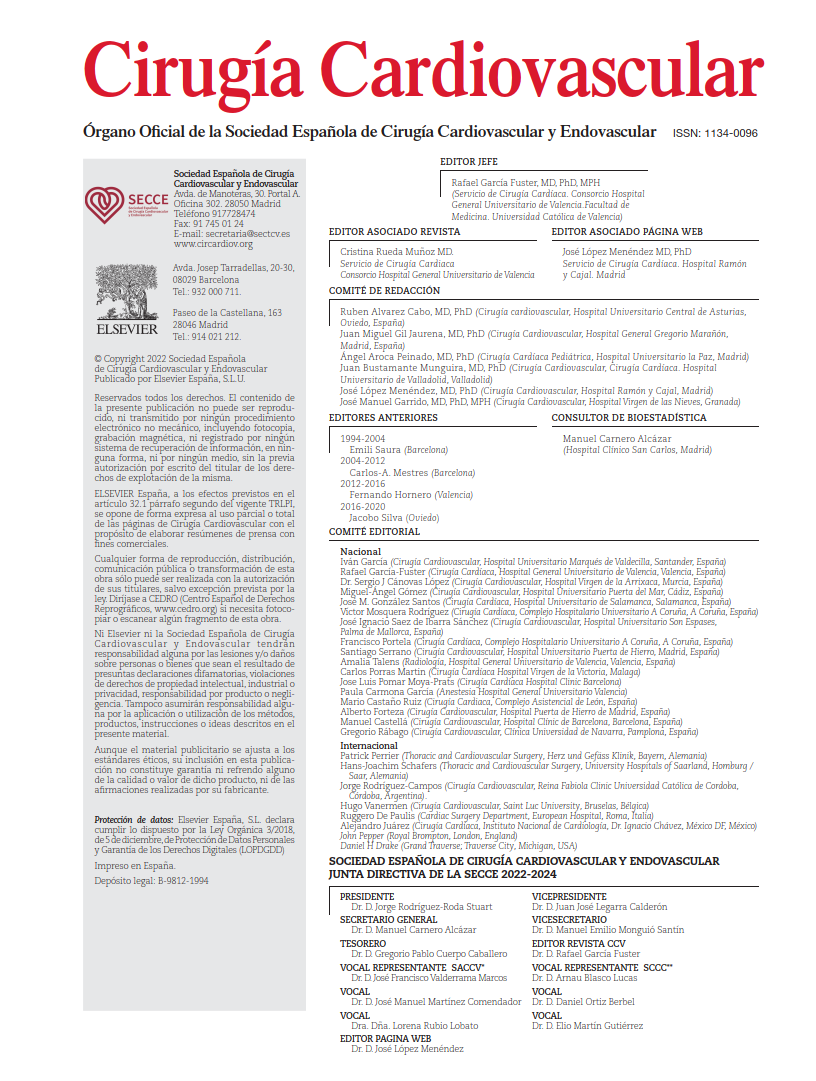The Fontan procedure represents the final stage in the palliative surgical treatment of patients with complex congenital heart defects and single-ventricle physiology. While it enables prolonged survival, it is associated with a substantial burden of long-term complications, among which bradyarrhythmias stand out. Sinus node dysfunction, junctional rhythm, and, less frequently, complete atrioventricular (AV) block are common entities that may prompt the need for permanent pacing. However, anatomical peculiarities, hemodynamic fragility, and technical challenges inherent to this population render the decision to implant a pacemaker—and to determine the appropriate pacing modality—a significant clinical dilemma.
This work provides a narrative review based on updated literature, focusing on patients with Fontan circulation who are recipients of cardiac pacing devices. It outlines the principal clinical indications, different implantation strategies (conventional epicardial, modified transvenous, leadless pacing), and their associated physiological and clinical outcomes, including intrinsic risks such as thrombosis, ventricular dyssynchrony, and the progression to Fontan failure and/or cardiac transplantation.
Sinus node dysfunction remains the most frequent indication for pacing in this population (up to 58% in certain series) and is associated with decreased cardiac output, elevated pressure in the Fontan circuit, and secondary hepatic dysfunction. Atrial pacing has demonstrated hemodynamic benefits, particularly in patients with junctional rhythm. The epicardial approach continues to be the predominant technique, although it carries limitations such as elevated pacing thresholds, lead failure, and the need for reintervention. Transvenous strategies—including modified approaches such as transpulmonary access or the use of leadless systems—are increasingly employed and offer new therapeutic possibilities.
Conversely, ventricular pacing—especially in single-chamber and non-apical configurations—has been associated with poorer clinical outcomes, including progressive ventricular dysfunction, AV valve insufficiency, and a higher incidence of transplantation or death. Alternative strategies such as multisite pacing or conduction system pacing may potentially mitigate these adverse effects, although current evidence remains limited. The authors conclude that pacemaker implantation in Fontan patients should be assessed on an individual basis, balancing risks and benefits, ideally within expert multidisciplinary congenital heart disease teams.
COMMENTARY:
The review by Pinsker et al. constitutes a highly relevant contribution to the management of arrhythmias in patients with Fontan circulation—an area undergoing rapid evolution with significant prognostic implications. The article highlights the high prevalence of bradyarrhythmias in this population and the growing need for pacing devices, while also emphasizing the limitations of conventional approaches and the necessity for tailored, case-by-case adaptation.
A particularly valuable aspect of the review is the critical assessment of implantation techniques. Although the epicardial approach remains the most widely used, its limitations—suboptimal performance, higher failure rates, and the requirement for repeat surgery—have intensified interest in less invasive alternatives. Adapted transvenous approaches and leadless devices, though still limited to highly specialized centers, offer promising options, particularly in patients with complex vascular access or a history of multiple prior interventions.
The discussion on the detrimental effects of single-chamber ventricular pacing is especially noteworthy. In the context of already compromised Fontan physiology, pacing-induced dyssynchrony can be particularly harmful. This underscores the potential value of more physiologic modalities such as biventricular or conduction system pacing, although further evidence is needed to establish their safety and efficacy in this unique population.
In summary, this article encourages critical reflection on the role of cardiac pacing in patients with Fontan physiology—not only on the question of when to implant, but how to do so in the most circulation-preserving manner possible. Decision-making must be individualized, evidence-informed, and ideally conducted within dedicated multidisciplinary teams experienced in complex congenital heart disease.
REFERENCE:
Pinsker BL, Moore JP, Bashore TM, Krasuski RA. Permanent cardiac pacing in the Fontan population: a contemporary review of indications, approaches, and outcomes. JACC Adv. 2025;4:101667.



